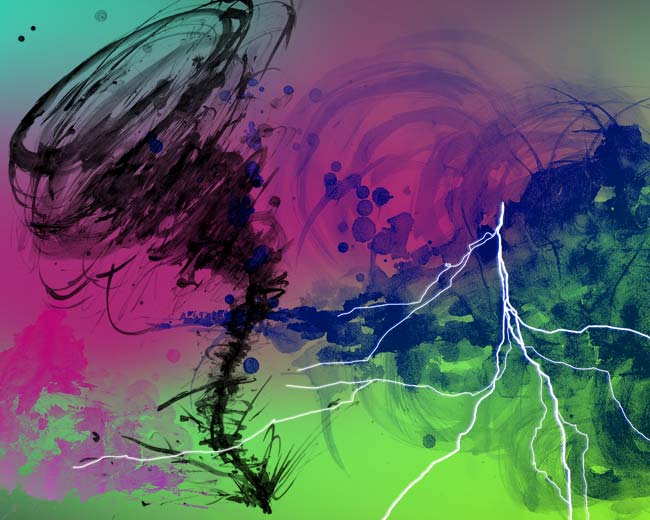Hail and Ice
Hail and ice are two of the most destructive natural disasters to hit the Midwest each year. Damage from hail and ice storms can cause billions of dollars of damage to vehicles, homes, and crops; widespread power outages; accidents and deaths.
Hailstorms
Hail most often occurs in spring, summer, and fall. Hail develops when strong updrafts carry raindrops to the tops of clouds during thunderstorms. The rain particles form hailstones when they freeze in the cold air aloft; they grow larger as more rain droplets are uplifted. Hail falls to earth when the updraft is no longer able to support the weight of the particles.
The Great Plains states are especially prone to hailstorms produced by strong thunderstorms that form east of the Rocky Mountains. In 2016, the top five states with hail damage insurance claims were Texas, Colorado, Missouri, Illinois, and Nebraska.
Hailstorm Intensity Scale
In 1986, Jonathan Webb, a meteorologist at England’s Tornado and Storm Research Organization, introduced a hailstorm intensity scale. It ranks the size of hailstones and corresponding damage on a scale from 0 to 10.

